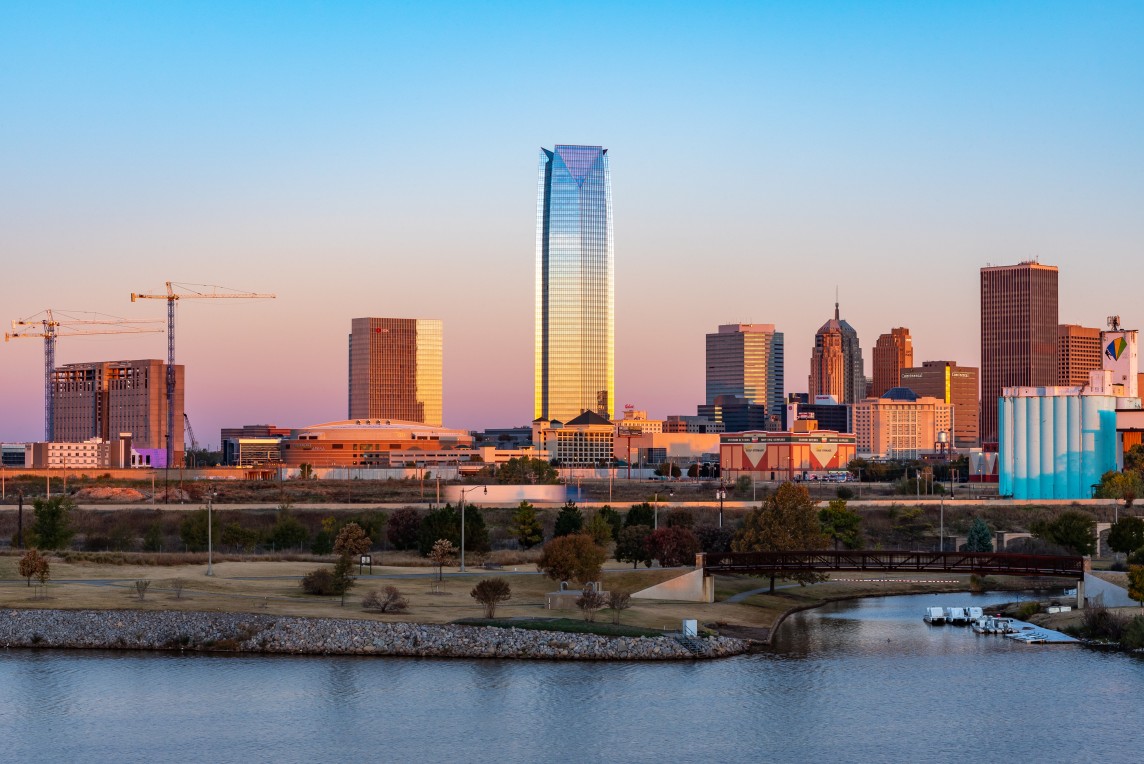
Heavy Rain, Flooding, and Chance of Severe Weather Staring Down the Southern U.S.
January 22, 2024
Posted: December 24, 2021 9:37 am





The year of whacky weather is set to continue in some parts of the south-central U.S. as Christmas may bring the potential of record warmth.
Several cities in this region are forecast to see the warmest Christmas in over 50 years on Christmas Day. Cities that are in the bullseye of this record warmth include Oklahoma City, Dallas, Houston, Tulsa, Little Rock, and Memphis. Daily highs for Saturday are predicted to soar into the 70s and maybe even break the 80-degree mark.
Record high temperatures that date back over 100 years are in danger of falling on Christmas in both Tulsa and Memphis. The record high for this date in history for Memphis is 76 degrees, dating back to 1889. Meanwhile, Tulsa’s record temperature for December 25 is 73 degrees back from 1922. Forecasters are predicting highs that may barely eclipse these previous records.
Farther to the south, the forecasts are predicting a high of 83 degrees in Dallas and 86 degrees in Houston for Christmas Day. Should these cities hit these temperatures, two more records would fall. The daily record for this day in Dallas is 80 degrees from 2015 while the Houston record for 2015 is 83 degrees.
A high of 78 degrees in Oklahoma City would easily eclipse the record of 73 from 2016. Moving to the east, the forecast high of 78 degrees in Little Rock would shatter the 1942 record of 73.
This extreme warming trend will be fueled by the onset of gusty winds throughout the region. The winds will come from the southwest and will whip up to an average of 15 – 30 mph with the potential of higher gusts. With the ongoing dry conditions, these winds may raise the risk of brush fires across the central and southern Plains states.
Dust may fly in parts of New Mexico, Colorado, Texas, Oklahoma, and Texas. This dust may make travel challenging in some open areas of the road. Residents in the path of these strong winds should also take care to secure outdoor fire pits, holiday decorations, and other items that could become projectiles.
Nobody in this region should be too caught off guard should these records fall on Christmas Day. The warmth is a continuation of what has been an unseasonably warm December for a large swath of the central and southern Plains and well into the Mississippi Valley.
The continuing warmth is being attributed to a northward bulge in the jet stream that has been in place for much of the month. While this bulge will begin to drop to the south next week, it will be too late to keep December of 2021 from being one of the warmest on record for many places in this part of the U.S.
For example, the Dallas area has seen temperatures average slightly over 10 degrees above the usual December temperature of 49 degrees. Should this forecast hold up, the all-time monthly December record of 53.6 degrees will easily be broken. The average temperature for the month in Dallas is sitting at 59.3 degrees as of December 21.
Other cities that are likely to exceed their monthly average temperature include Houston, New Orleans, Kansas City, and Chicago. Although it is common for areas to see temperatures soar up to 10 degrees above average for a few days, this prolonged departure from normal readings is rare.
This pervasive warmth has been responsible for a wave of severe weather outbreaks. For instance, the deadly tornadoes that struck the Mississippi, Ohio, and Tennessee valleys on December 12 were fueled by the rare December warmth and moisture.
The position of the jet stream has also paved the way for the stormy conditions that have distinguished the weather pattern throughout the Pacific Northwest and into California.
The widespread drought conditions are also leading to a lack of moisture in the soil through the central U.S. This means that the sun is able to direct more energy to the atmosphere located the closest to the ground, warming surface temperatures in the process.

January 21, 2024

January 19, 2024

January 18, 2024